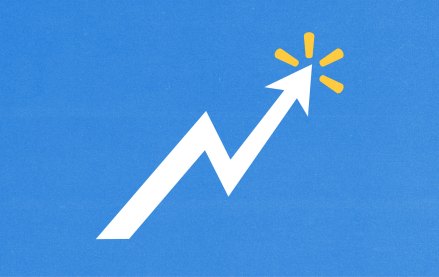Hear from execs at The New York Times, Thomson Reuters, Trusted Media Brands and many others

Plenty of publishers say they’re data-driven in their work. But at BuzzFeed, anybody on staff can query the massive pile of data they’re aggregating from the dozens of platforms and syndication partners they use to distribute content, and nearly half the company’s employees now pull data on a monthly basis.
That’s one result of a nearly year-long process of building tools that allow BuzzFeed’s employees to access data without leaning on its data science teams. “I think a lot of organizations have this idea of data teams being gatekeepers,” said Lyle Smith, a senior data scientist at BuzzFeed. “This allowed us to democratize that.”
At a growing number of publishers, information about how content and ads perform is gathered by a small data science team, which then fields requests from people in different departments looking for insights. Those insights might form the foundation of anything, from the translation of a popular quiz into a video series to the launch of a new kind of branded content, and so requests for this kind of information come from all over the place, from editors to client services managers to product team leaders. It’s a major reason why data science teams are growing among digital publishers.
BuzzFeed is slightly different. Thanks to a data management platform called Looker, anybody in the organization can gather data about content performance, without any familiarity with programming languages like SQL, which are necessary for querying disparate data sources. It’s also an interface that allows users to look through data from multiple platforms at once.
Since it moved to Looker, Smith and her colleagues, who were all responsible for fielding and handling requests, have been able to put more time and energy into building tools that help other parts of the editorial operation, like a machine learning tool that optimizes posts’ thumbnail images, or a Slack bot that notifies editors in foreign bureaus of BuzzFeed content that’s trending in other territories. It’s also enabled editors to investigate hunches more frequently, which is how it figured out that videos featuring cheese being pulled apart were worth pursuing.
BuzzFeed built a colossal footprint by embracing a distributed media strategy before almost anybody else, and its commitment to using data has suffused into all areas of its operations, from its video strategy to its headlines to the content formats it turns around and offers to advertisers as branded content. “Everything creative people do at this company is based on a feedback loop,” Smith said.
What it’s spent more time doing lately is figuring out how to make it easier, and more worthwhile, for everybody in the organization to use data even more. Gilad Lotan, the company’s new head of data science, said the company has created more than 20 tools internally that employees from different sides of the business can use to query data that the company’s gathered. Those tools are used not just to analyze the performance of content but in areas like commerce, which BuzzFeed is moving into more seriously.
“It’s not that the data wasn’t available,” Smith said. “It’s that there was a technical barrier to entry.”
More in Media

Podcasts become a strategic IP play for Hollywood talent
As stars like Gina Torres step into the podcasting space, they’re part of a growing trend where actors are not just lending their voices but controlling the content.

Media Briefing: As AI reshapes media, The New York Times taps former Google exec for strategic role
A Google exec leading search and AI partnerships is joining The New York Times to manage relationships with platforms and big tech companies at a pivotal time.

Amazon and Instacart’s former advertising leader is transforming the way Walmart grows
Dallaire was Instacart’s chief revenue officer for two years. Prior to that, he was at Amazon for eight years.








